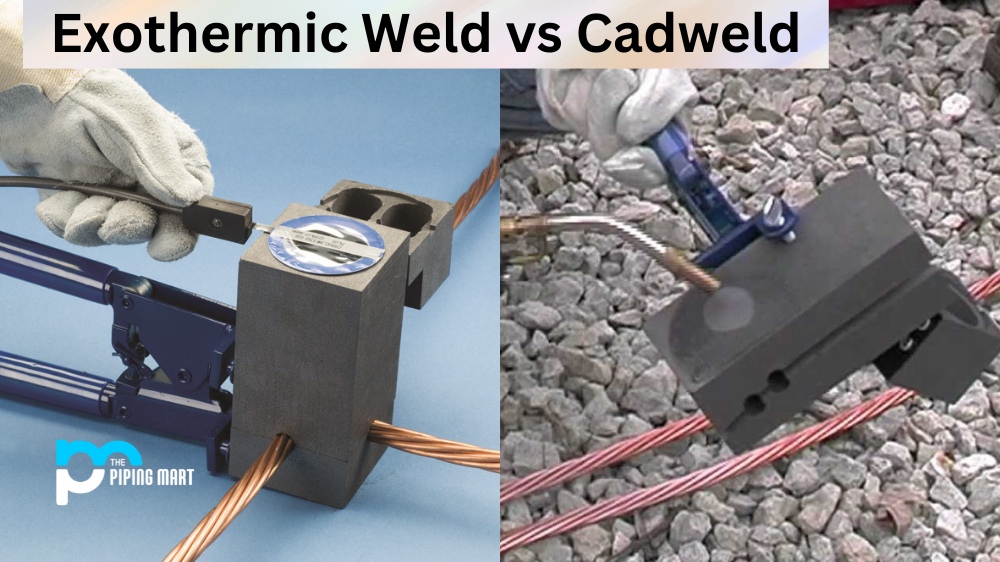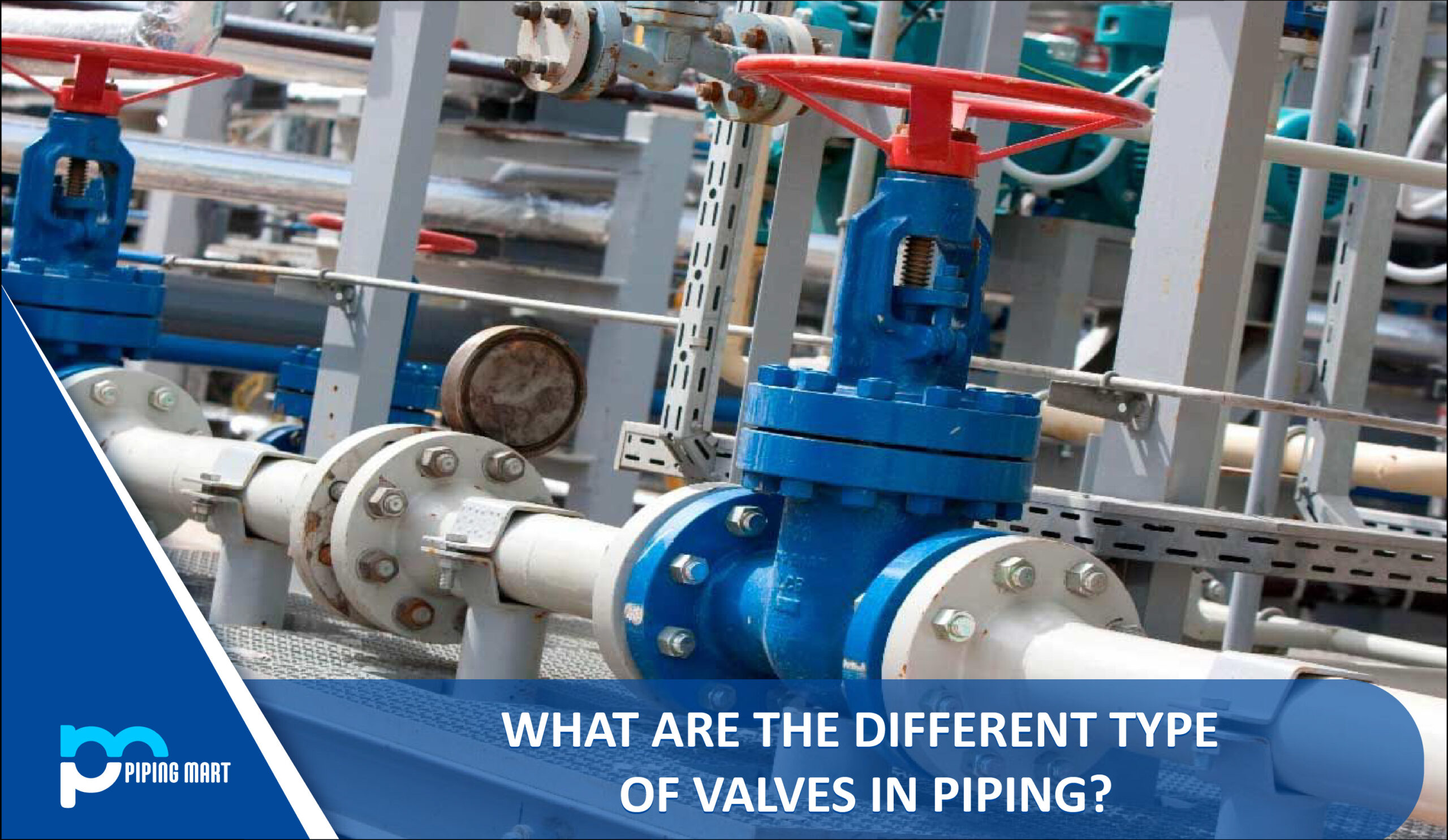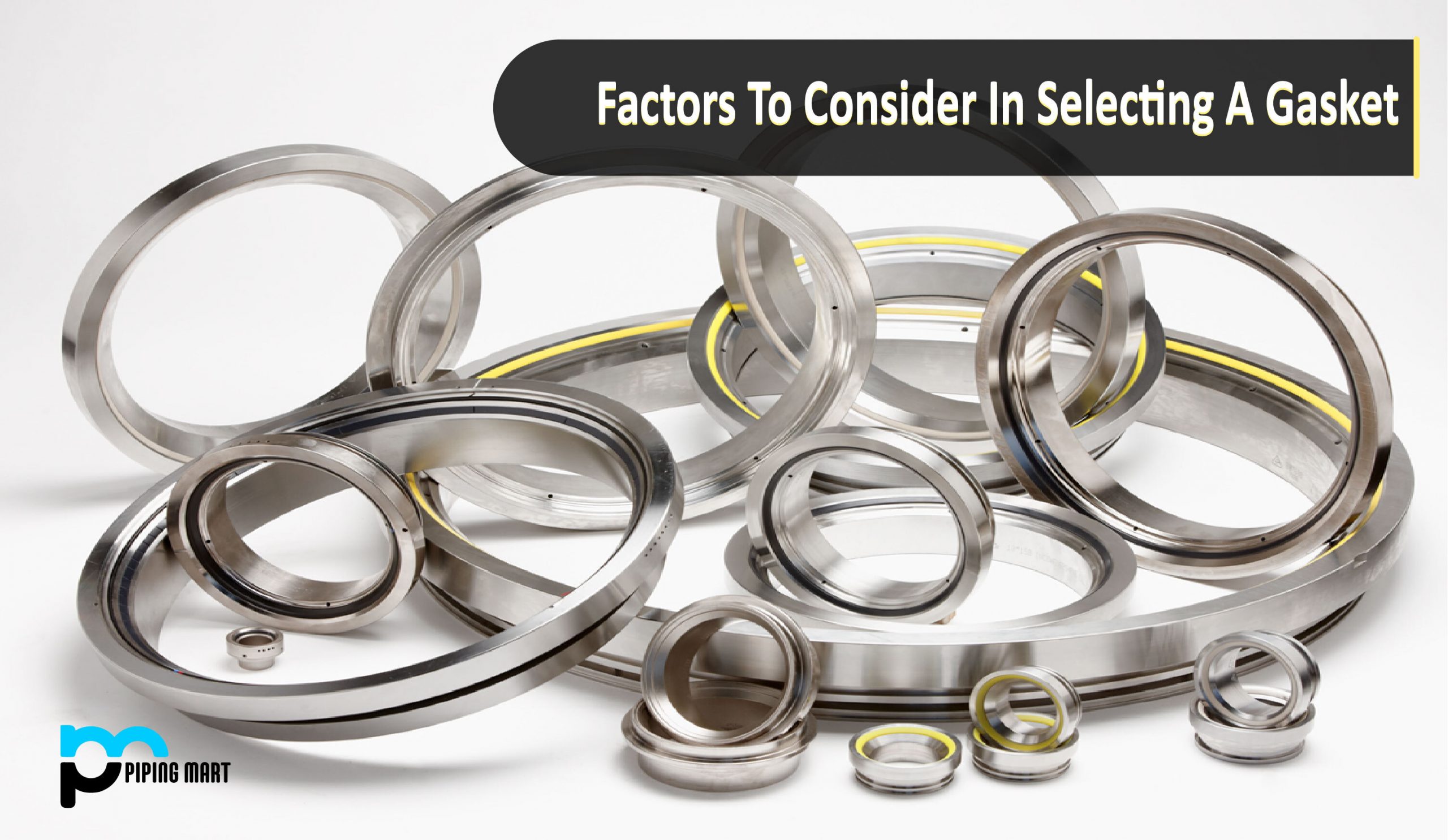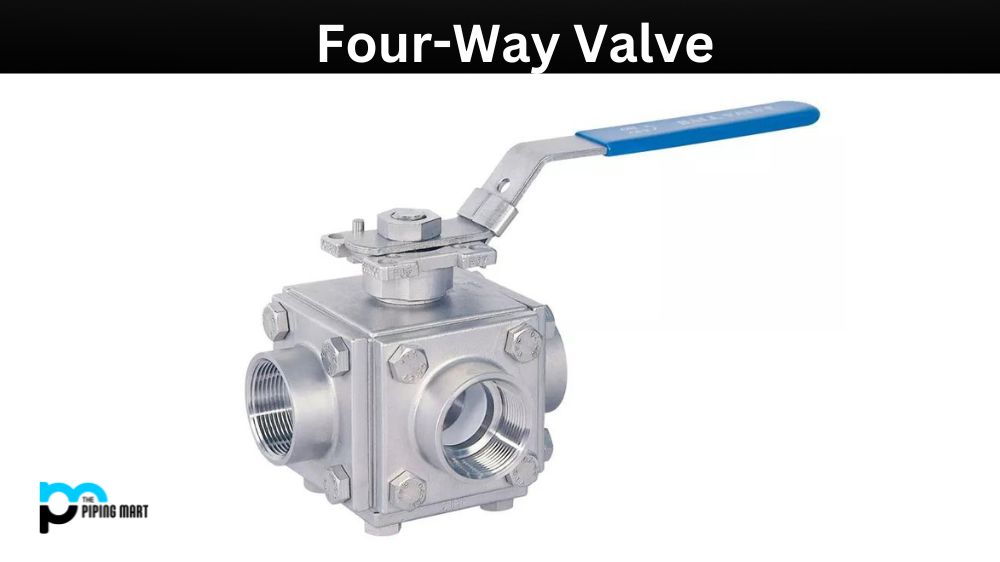If you’re in the market for a reliable, long-lasting connection that can handle a high level of stress, then you’ve probably heard of exothermic weld and Cadweld connections. Both are strong connections that are used in various industries, such as construction, utility, and telecommunications. As an informed consumer, it is important to understand the differences between the two so that you can make an educated decision about which one is right for your needs. Let’s take a closer look at exothermic weld vs Cadweld.
Advantages of Exothermic Weld
Exothermic weld is preferred by many because it does not require any additional materials or equipment—all you need is a heat source. As a result, this type of connection is relatively easy to install and requires minimal maintenance. Additionally, this connection forms an incredibly strong bond that has been proven to stand up to even the most extreme conditions. Finally, exothermic weld connections are more affordable than Cadweld connections because they do not require any additional materials or tools for installation.
Advantages of Cadweld
On the other hand, Cadweld connections offer some advantages over exothermic welds in certain situations. For example, if you need a connection that has increased tensile strength or corrosion resistance—or both—then Cadweld may be the better option for you. This type of connection also offers greater flexibility because it allows for multiple configurations and angles; with exothermic welding, there are limited options when it comes to the shape and angle of your connection. This makes Cadweld ideal for complex applications where special requirements must be met in order to ensure safe operation and maximum performance.
- Exothermic welds are made without the use of any external heat source, making them ideal for use in difficult-to-reach or sensitive areas.
- Cadwelds, on the other hand, require the use of an external heat source, such as a torch, to create the weld.
- Exothermic welds are made by using a chemical reaction to generate heat, while cadwelds use an electrical current to generate heat.
- Exothermic welds are typically stronger than cadwelds, making them ideal for use in high-stress applications.
- Cadwelds are less likely to cause metal fatigue than exothermic welds, making them ideal for use in applications where welds will be subject to frequent stress.
- Exothermic welds are more expensive than cadwelds, making them less popular for general use.
Conclusion:
At the end of the day, both exothermic weld and Cadweld have their benefits depending on what specific needs you have when connecting two pieces together. It’s important to consider all available options before making your decision so that you can choose the best solution for your project or application. With its affordability and ease of installation, exothermic welding may be ideal for simpler jobs, while more complicated projects may benefit from using Cadweld instead due to its greater flexibility and enhanced strength characteristics. No matter which option you choose, both will provide reliable results when installed correctly!

Abhishek is a seasoned blogger and industry expert, sharing his insights and knowledge on various topics. With his research, Abhishek offers valuable insights and tips for professionals and enthusiasts. Follow him for expert advice on the latest trends and developments in the metal industry.




